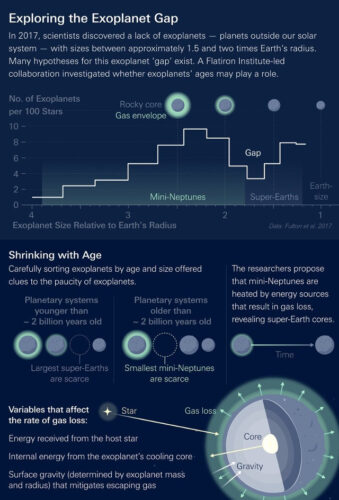
Traces of iron and nickel found in the atmospheres of comets far from the Sun
Two articles published in the journal “Nature” report different studies on the materials present in the atmospheres of comets, which appear to contain iron and nickel even in the ones far from the Sun. Jean Manfroid, Damien Hutsemekers, and Emmanuel Jehin used data collected by the UVES spectrograph of ESO’s VLT in Chile to analyze the atmospheres of various comets detecting the presence of both iron and nickel. Piotr Guzik and Michał Drahus used the X-shooter spectrograph, also of the VLT, to examine in particular the interstellar comet 2I/Borisov detecting the presence of nickel. They were surprising results because the sublimation of heavy metals was thought possible only near the Sun.





